Most car manufacturers develop their own engine coolants for their vehicle line-up. Toyota is one such brand, and its vehicle manuals state the specific coolants recommended for each model and variant.
So, what color/s of coolants does Toyota use? Here's what we found in our research.
As of April 2022, Toyota uses five different colors of coolants, namely red, pink, blue, green, and clear. Different Toyota models and variants use different colors of coolants.
You may be wondering what the differences are among these colors, and with good reason. Continue reading, and we will do our best to help you understand better.
What Is An Engine Coolant?
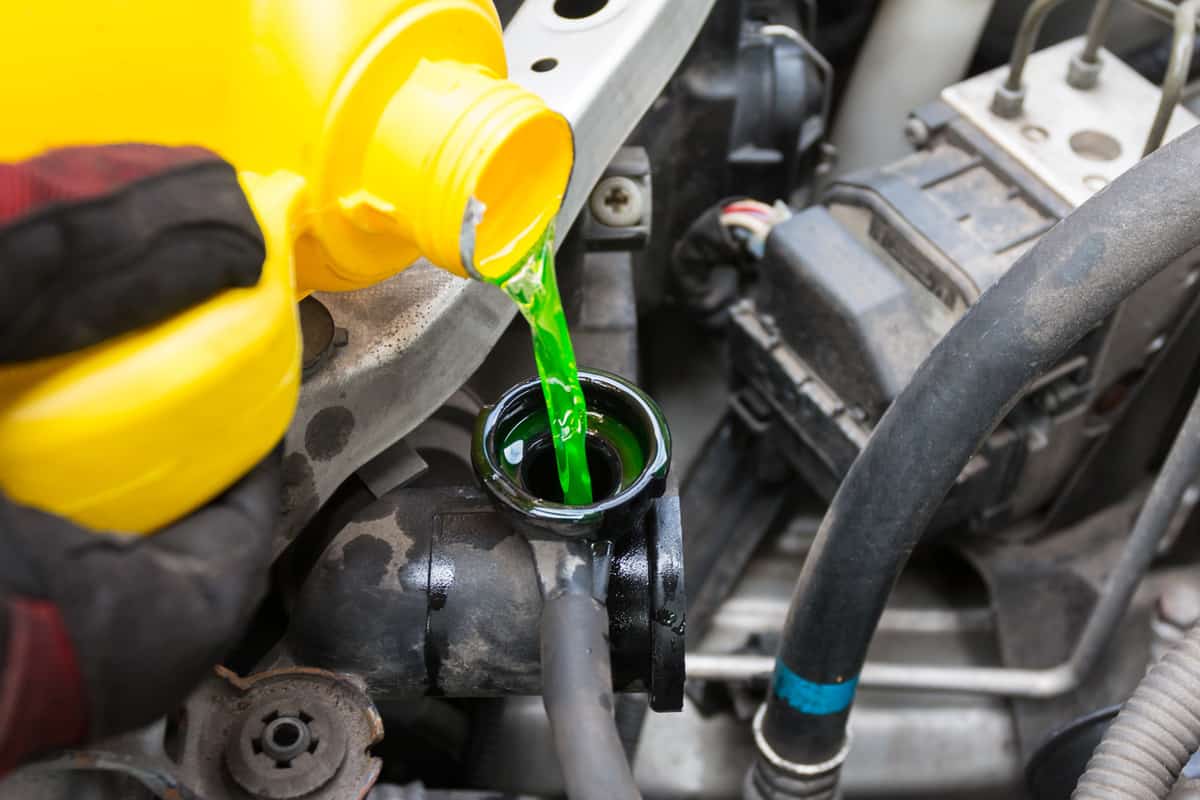
An engine coolant is a specially formulated liquid solution that regulates the engine's temperature. Sometimes called antifreeze, a coolant helps reduce the heat of an active engine and helps prevent the freezing of an inactive one during frigid weather.
For reference, an active engine retains a third of the heat that it produces. This third translates to heat levels between 600 and 1,500 degrees Fahrenheit. A common material for modern engines, aluminum melts at 1,200 degrees Fahrenheit.
Without an effective cooling system, a running engine can overheat and melt itself.
The vehicle's cooling system is responsible for regulating this heat. Check out this informative article regarding the top reasons for vehicle overheating.
An engine coolant also acts as a lubricating and protective agent for engine parts such as the water pump, head gasket, etc.
What Is The Composition Of Engine Coolants?
All engine coolants are glycol-based, and most coolant products consist of ethylene glycol [EG], additives, coloring, and water. Another type of glycol is propylene glycol [PG].
Both EG and PG have higher boiling points and lower freezing points than water. Between the two glycols, EG is better than PG for regulating temperatures. However, EG is also more toxic than PG.
Coolants also have additives like phosphates and silicates to help lubricate and protect engine parts from corrosion.
How Engine Coolants Work
Many vehicle manufacturers offer coolant products in a 50/50 mixture with water to achieve the best results.
This liquid coolant solution is stored in a reservoir attached to the radiator. When an engine is running, the coolant courses through the engine to absorb the heat and releases it as the coolant solution passes through the radiator.
Once the coolant liquid passes through the radiator, it is ready for another cycle. This process regulates the engine heat and helps protect some engine components.
Types Of Coolants
The difference among the many coolant products in the market lies in the types of additives that the products contain. Here are the types of coolants available today.
- Inorganic Acid Technology [IAT] Coolants - These old coolants had inorganic additives like phosphates and silicates that helped protect older engines from corrosion. IATs were very common because most 20th-century car engines had steel or iron engine parts.
- Organic Acid Technology [OAT] Coolants - These newer coolants have purely organic corrosion inhibitors. They offer less protection for older engines, but they last longer than IATs. New aluminum engines require less corrosion protection than older steel and iron engines.
- Hybrid Organic Acid Technology [HOAT] Coolants - These modern coolants combine organic additives that prolong coolant life and inorganic additives that offer better engine protection.
Why Do Coolants Have Different Colors?
Many vehicle brands and aftermarket manufacturers add colored dyes to coolants, and they have good reason to do so.
- Ease of brand recognition
- For sub-classification within brands
- For ease in visually checking coolant levels
Does the Coolant Color Indicate The Coolant Type?
The short answer to this question is no. While the old IAT coolants were almost always green, today's coolants come in different colors that may depend on the coolant type or the manufacturer's specific color scheme.
Toyota's Coolants
As mentioned previously, Toyota uses five different colors of coolants for its vehicles. Here are the coolants, as specified by different Toyota owners' manuals.
Red [Toyota Long Life Coolant]
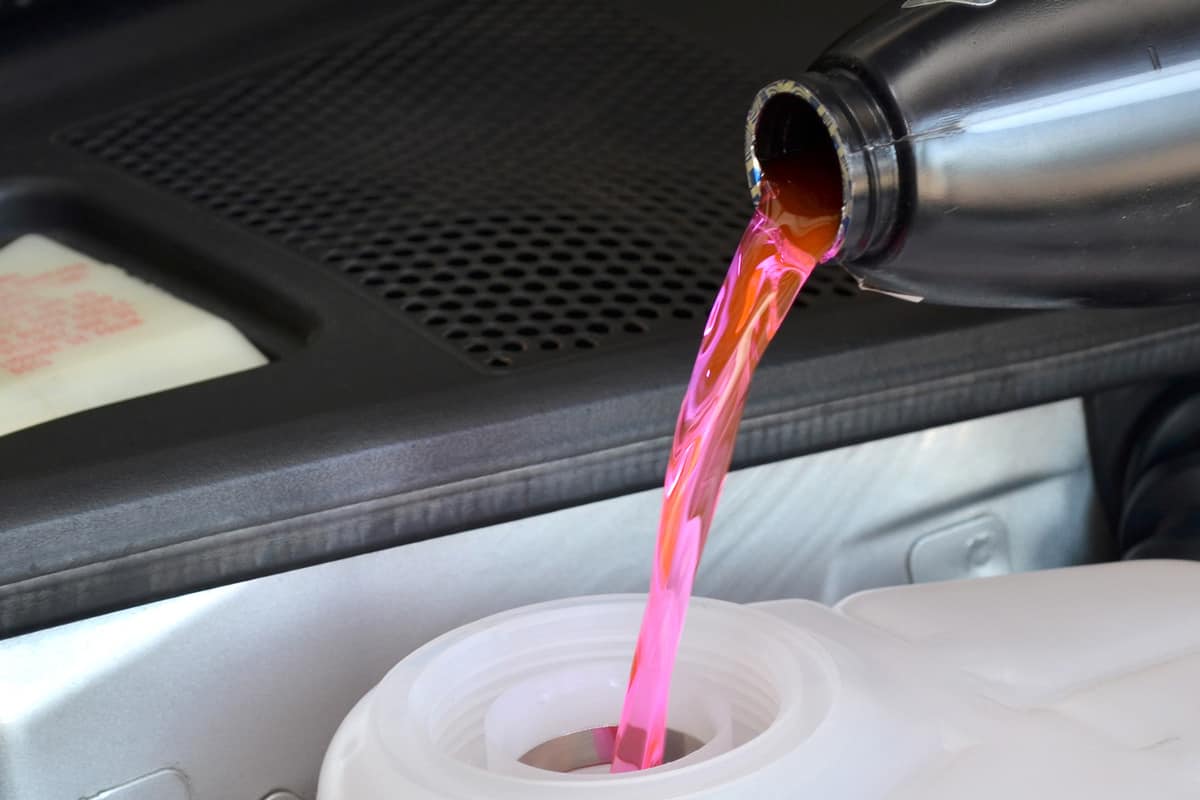
Toyota Red is an IAT coolant, and Toyota recommends this for its older and low-end new models. Because this coolant is quite affordable and comes in undiluted form, some Toyota owners use it even for more recent models.
Check out this coolant on Amazon.

Pink [Toyota Super Long Life Coolant]
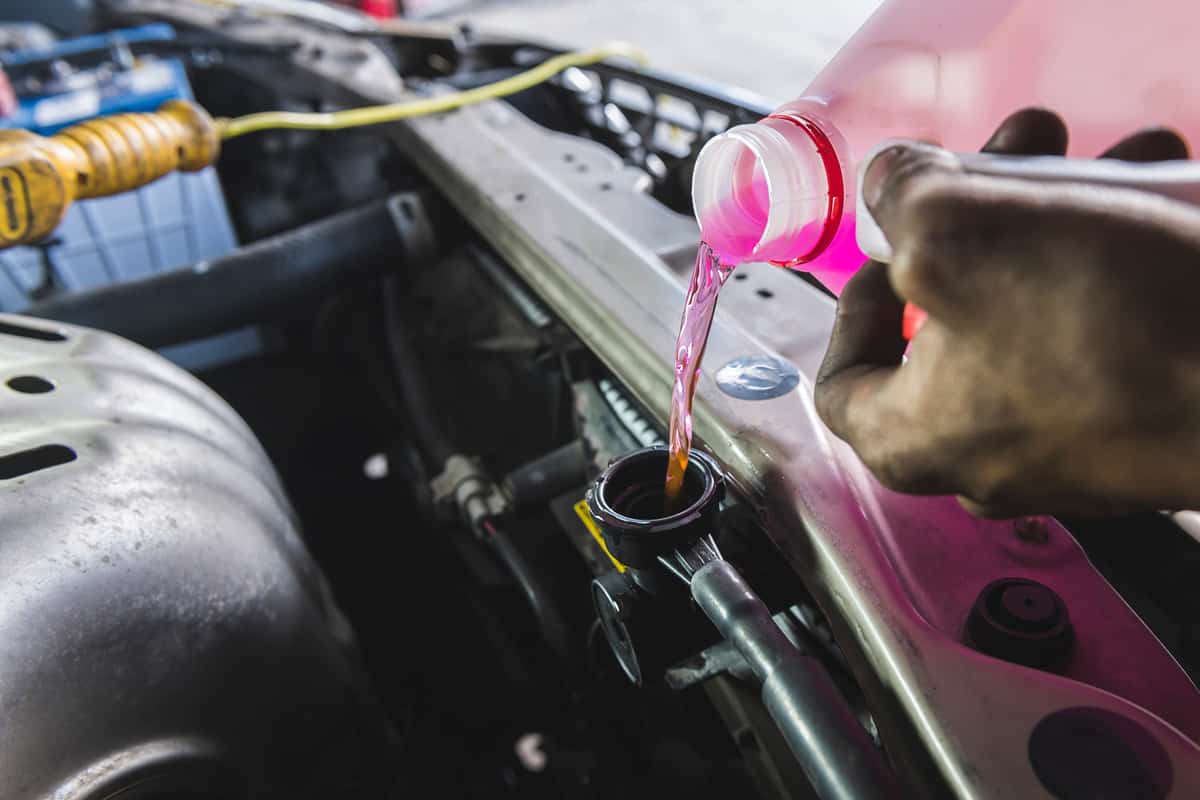
The Toyota Pink coolant is a HOAT coolant, and Toyota recommends it for most models in its current vehicle line-up. It is more expensive than the red variant, but it lasts much longer.
Check out this coolant on Amazon.

Blue (Toyota Super Long Life Coolant Blue)
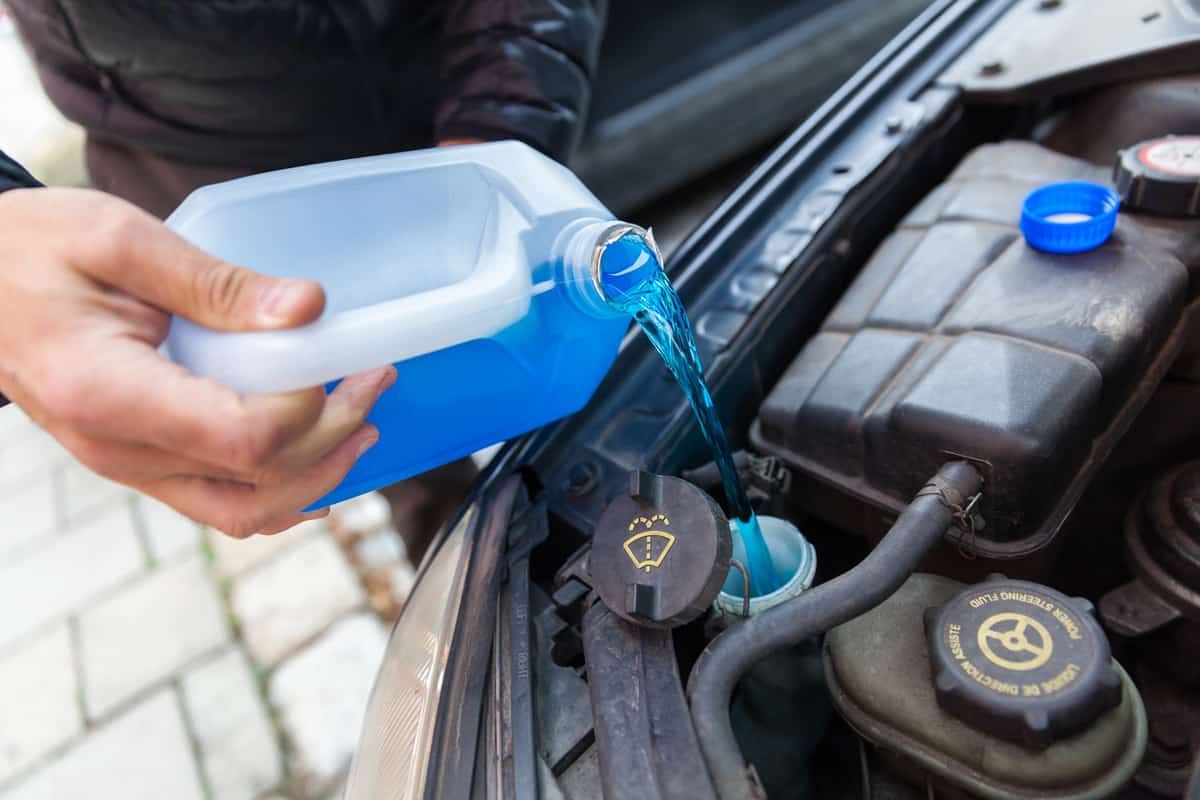
The Toyota Blue coolant is an OAT coolant that Toyota uses for its joint project with Subaru. Alternatively, you can use the blue Subaru Super Coolant because the Toyota 86 and the Subaru BRZ share the same Subaru boxer engine.
Check out this coolant on Amazon.

Green [Frostox HT-12]
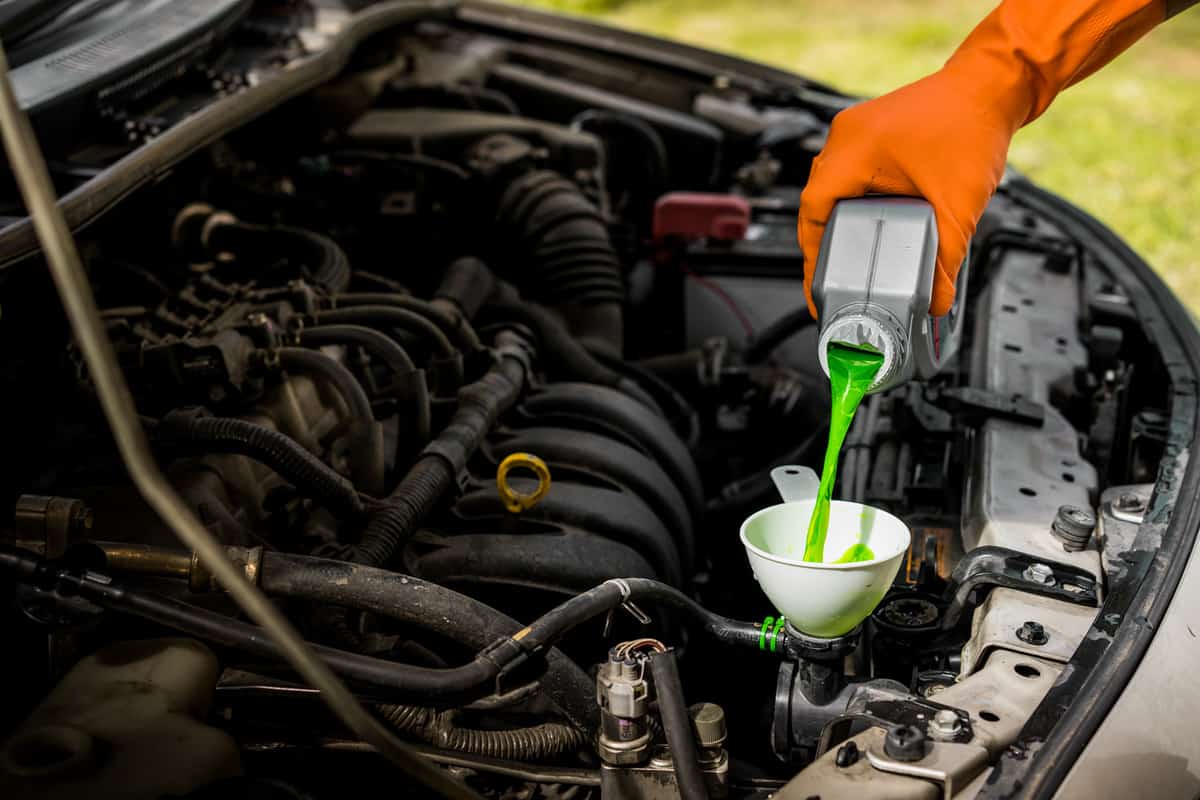
The Frostox HT-12 is a silicate OAT [Si-OAT] coolant that Toyota uses for its joint project with BMW. The Toyota Mk5 Supra and the 2019 BMW Z4 share the same BMW engine.
Clear [Toyota FC Stack Coolant]
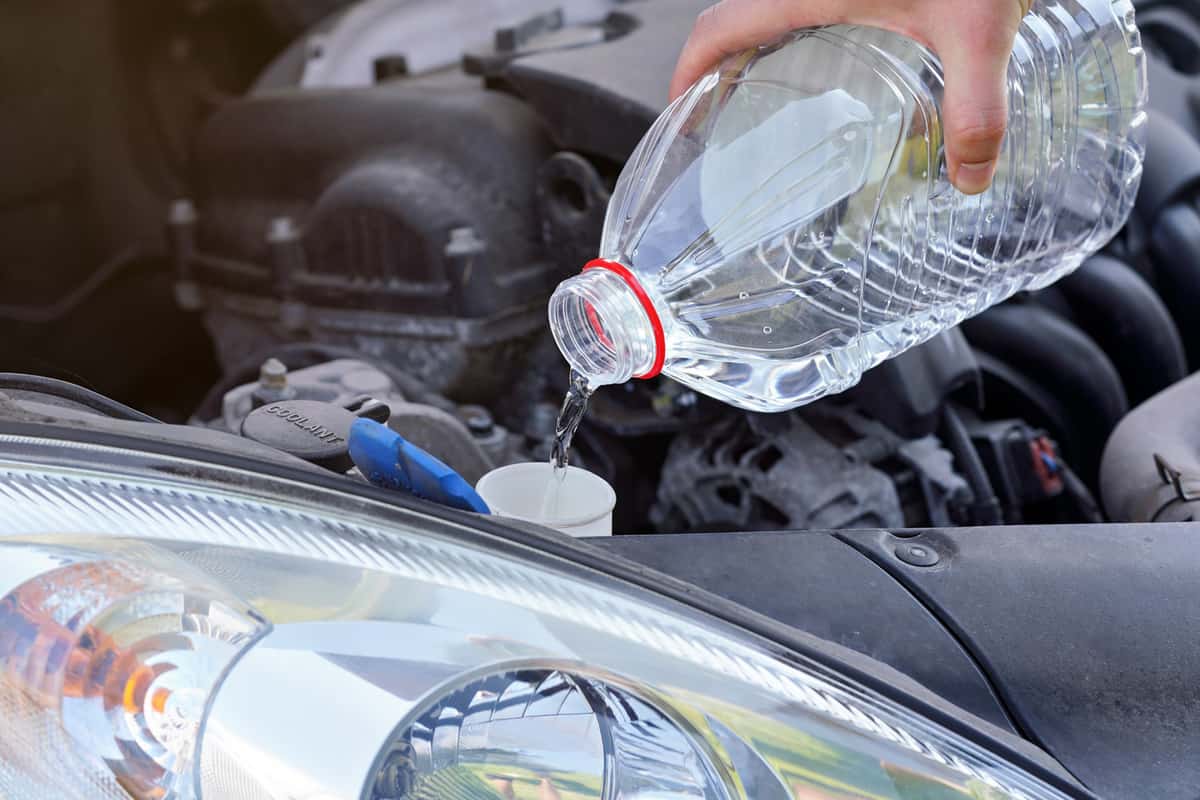
The colorless Toyota FC Stack coolant is an exclusive product used by Toyota for its fuel cell electric vehicles [FCEVs, such as the Mirai].
Soon, Toyota will launch its line of battery electric vehicles [BEVs]. These vehicles may or may not use a new color or type of coolant.
Do I Need To Use Toyota's Original Coolants Exclusively?
Except for the colorless FC Stack Coolant, for Toyota's FCEVs, the answer is no.
Toyota manuals state that the owners can use "similar high-quality ethylene glycol-based, non-silicate, non-amine, non-nitrite, and non-borate coolants with long-life hybrid organic acid technology."
Is It Okay To Mix Different Coolant Types?
The mixing of different types of engine coolants is generally not advised, as each type has been specifically formulated for the unique requirements of different engines.
When mixed, different types of coolants can negate each other's properties, leading to inefficient cooling performance or even potential engine damage.
For example, mixing Inorganic Acid Technology (IAT) and Organic Acid Technology (OAT) coolants can result in a reduction of their corrosion-inhibiting capabilities.
Should such mixing occur, it might necessitate several rounds of coolant flushing to eliminate the defective mixture and restore the cooling system to its optimal condition.
Additionally, an improper coolant mixture can create particle deposits that might clog or damage the radiator, causing it to leak or fail. Therefore, it's crucial to adhere to the coolant specifications provided in your vehicle's owner's manual to ensure the longevity and efficiency of your engine's cooling system.
If in doubt, consulting with a reputable mechanic or a dealership service center is a wise step to ensure the right type of coolant is used for your vehicle.
If you want to know more about coolant leaks, you may try reading this helpful article about leaking coolants.
Are Universal Coolants Good To Use For My Toyota?
Universal coolants are relatively recent aftermarket products and some claim that they are compatible with any vehicle model from any year.
While this product offering sounds enticing, it is always safest to follow the coolant specifications in the owner's manual.
If the original Toyota coolants are not readily available, you will need to choose a similar coolant with the right mix of organic and inorganic additives.
Check out this multi-vehicle coolant on Amazon.

How Often Should I Flush and Replace Coolants?
As mentioned earlier, different types of coolants have different life spans.
- IAT coolants typically need replacement every 30,000 miles or once every two years.
- Factory-filled OAT coolants can last for the first 100,000 miles or ten years. Afterward, OAT coolants need replacement every 60,000 miles or once every five years.
- HOAT coolants have lifetimes between IATs and OATs.
Coolant flushing is an important but often neglected process during coolant replacement. Up to 30% of the old coolant can remain in the engine block if you drain only the radiator.
Coolants degrade over time, and they can leave sludges and sediments in the cooling system. Regular flushing removes these by-products for optimum cooling performance.
If you use your car for light to moderate driving conditions, you should follow the coolant replacement schedule in the owner's manual. However, if you use your vehicle for severe driving conditions, you may want to visit the service station more frequently.
To help you understand more about severe driving conditions, below are some examples.
- Spirited driving
- Towing
- Racing
- Heavy traffic
- Extremely hot or cold weather
Other Brands That Use Toyota Coolants
The Toyota family owns a few automotive brands like Lexus, Daihatsu, and the discontinued Scion line. Many models from these brands share the same components and design and thus share the same coolant requirements.
For example, the 2022 Lexus GX manual specifically recommends the pink Toyota Super Long Life Coolant.
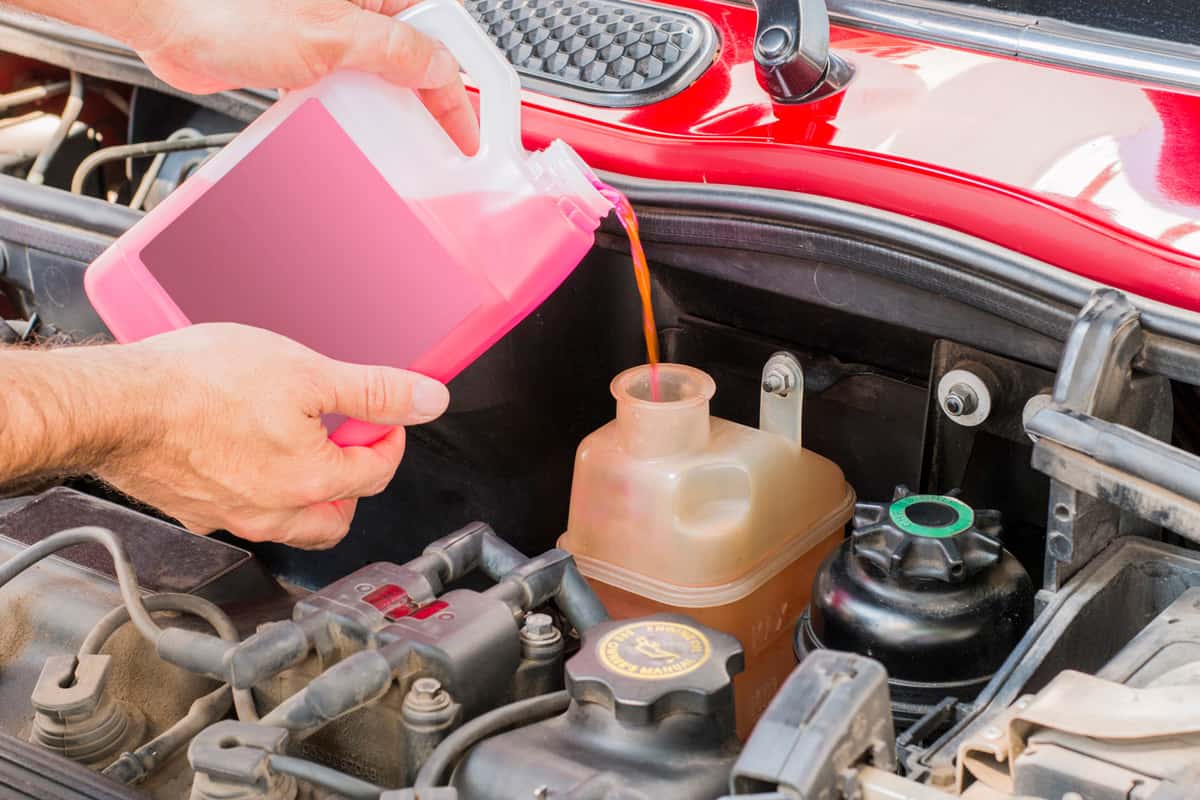
On another note, some of Toyota's Asian market marques are rebadged Daihatsu models. One such model is the Daihatsu Rocky SUV, and the Toyota counterpart is the Raize.
Toyota is one of the world's largest manufacturers of cars, and because of this, its coolants are widely available online and in automotive supply stores.
Because of personal experience, some owners and mechanics claim that they use Toyota's red or pink coolant for other Japanese cars.
Wrapping Up
Toyota uses different colors of coolants for various models in its vehicle line-up. It's either red or pink coolants for most internal combustion models. Toyota uses blue and green coolants for some special models like the Toyota 86 and the Mk5 Supra. Finally, Toyota uses colorless coolant for its fuel cell EV.
Always observe proper coolant selection, flushing, and replacement to ensure that your car's cooling system functions optimally.
If you liked this discussion, you can check out our other articles on coolants:
5 Best Coolants for Aluminum Radiators
How Do You Check Antifreeze/Coolant Level?
Driving with Low Engine Coolant – is it Safe?


Hello, I would like to know which kind of coolant I need to replace in my Toyota Yaris 2005 1-NZ-FE.
Regards